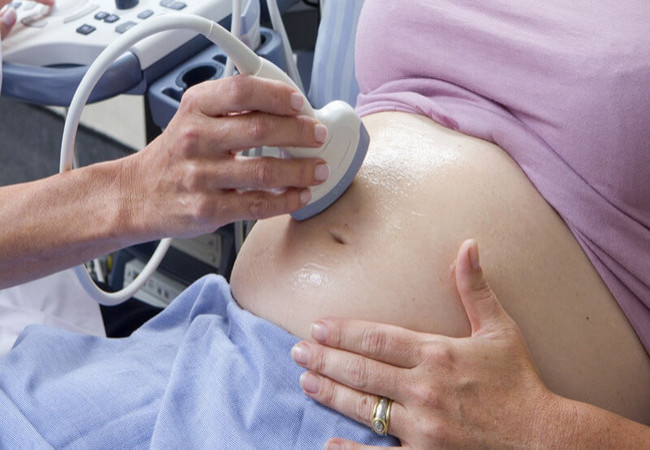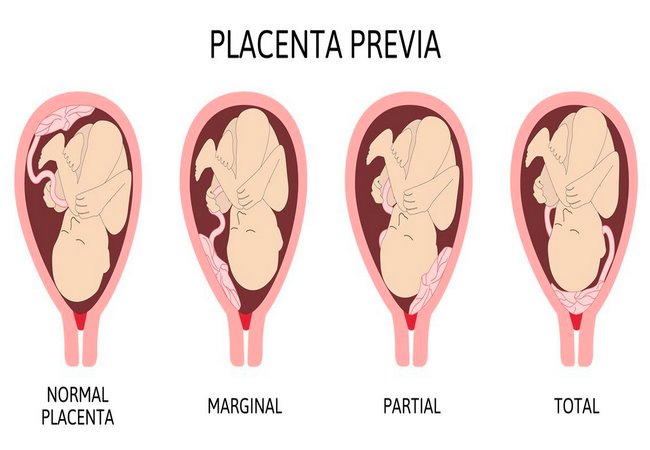Polyhydramnios: Diagnosis, Prevention and Complications
What is Polyhydramnios?
An excess of liquor amni termed as polyhydramnios or hydramnios. It is arbitrarily defined as more than 2000 ml of liquor amni, because it becomes clinically obvious beyond this limit. Normal amniotic fluid volume is 500 -1500ml.

Diagnosis/Tests of Polyhydramnios:
- Fetal Ultrasound: A fetal ultrasound is also useful for making the differential diagnosis by ruling out certain complications and birth defects.
- Amniocentesis: This diagnostic procedure involves collecting an amniotic fluid sample (containing fetal cells and fetus produced chemicals) and testing it in a laboratory for evidences of any infections or other abnormalities.
- Glucose Challenge Test: This test is performed to find out if the mother is suffering from gestational diabetes, which can confirm the diagnosis of Polyhydramnios.
- Karyotype: It is a screening test, often used for checking the chromosomes of the baby for abnormalities.
- Non-Stress Test.
- Biophysical Profile (diagnostic procedure that combines the non-stress test with an ultrasound).
- Doppler Ultrasound.
- Fetal Echocardiogram.
- Contraction Stress Test (assessing the baby’s heart rate with contraction of the uterus)
- Blood Tests (for monitoring the mother’s diabetes levels).
You can follow: Types, Causes and Symptoms of Polyhydramnios
Differential Diagnosis of Polyhydramnios:
It includes the following:
- Twin,
- Maternal ascites,
- Pregnancy with huge ovarian cyst,
- Abruptio placenta,
- Chorioangioma.
Prevention of Polyhydramnios:
Complete bed rest, especially towards the later pregnancy stages.
- Avoiding eating large meals.
- Avoiding any jerky movements.
- Using pillows and cushions for supporting the belly in bed.
- Avoiding spicy foods and any other foods that tend to worsen the heartburn.
- Avoiding lying down immediately after eating.
- Taking regular antenatal classes for polyhydramnios management guidelines.
Polyhydramnios Complications:
Complications of Polyhydramnios:
It includes the following:
- Postpartum Hemorrhage: Extreme bleeding after delivery due to decreased uterine muscle tone.
- High blood pressure (pregnancy-induced).
- Urinary tract infections in pregnancy.
- Umbilical cord prolapse (umbilical cord dropping into the vagina in front of the baby).
- Placental Abruption.
- Premature rupture of the membranes.
Consequences of Polyhydramnios:
It includes-
- Preterm Labor or Premature Birth: Delivery before completing the 37th week of pregnancy.
- Placental Abruption: An abnormal condition characterized by partial or complete peeling away of placenta from the uterus wall before the baby is born.
- Premature Rupture of Membranes (PROM): Breakage or tearing of the amniotic sac after the 37th week of pregnancy but prior to the onset of labor.
- Birth Defects (Down’s syndrome, cleft palate).
- Stillbirth: Death of the baby in the uterus after the 20th week of pregnancy.
- Fetal Malposition: The baby lying in an atypical head-down position, often calling for a C-section delivery.
- Excessive fetal growth.
More questions related to this article:
- Define polyhydramnios.
- What is polyhydramnios?
- What do you mean by polyhydramnios?
- What is the diagnosis of polyhydramnios?
- What are the tests and monitoring needed for polyhydramnios?
- What are the differential diagnoses of polyhydramnios?
- Define amniocentesis.
- What are the complications associated with amniocentesis?
- How to prevent polyhydramnios?
- How to cope with polyhydramnios?
- What are the complications of polyhydramnios?
- What are the consequences of polyhydramnios?











